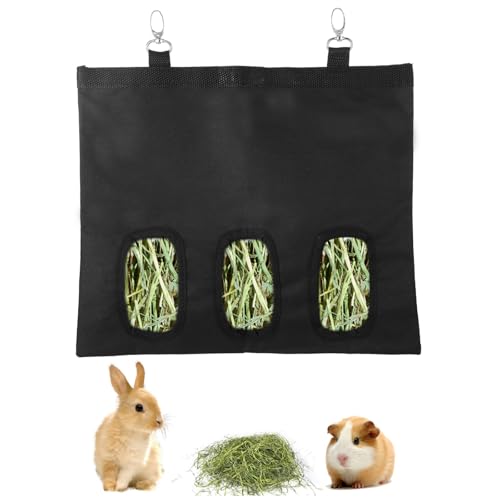t has been grown in the region since the late 1800’s and continues to be recognized as a superb forage species. Nonetheless, to date alfalfa has not attained the status in the South that it has in other parts of the nation. Like other regions, alfalfa acreage moved slowly upward for several decades in the early 1900’s. Then, with the arrival of the alfalfa weevil in the late 1950’s and an abundant supply of inexpensive nitrogen fertilizer, alfalfa acreage fell sharply in the early 1960's.
Since then, southern alfalfa acreage has remained relatively low. Production problems, such as a lack of modern well-adapted varieties and pest infestations, limited alfalfa yields and stand persistence. Low fertilizer and transportation costs during this era made it impractical for livestock producers in the South to grow their own alfalfa. If they needed alfalfa hay or other protein supplements, it was more cost effective to import them from other regions.
However, fertilizer and transportation costs have increased substantially in recent years. This has resulted in increased demand for high quality forage produced at the local level. As a result, alfalfa acreage in the South is increasing once again.
http://www.alfalfa.org/pdf/alfalfainthesouth.pdf






















